Aragon is the region in Spain where mighty rivers flow, Mudéjar art dazzles the eye, and the tallest peaks of the Pyrenees rise above the clouds. As I wandered through its wild landscapes, I kept getting surprised by the mix of natural beauty and deep history. Every corner felt like it had a story—from medieval towns shaped by centuries of culture to snowy mountain tops that seem to scrape the sky.
I kicked off my journey along winding rivers like the Ebro. Green valleys pulsed with life, and the sounds of local traditions drifted through the air. In quiet villages, I stood face to face with Mudéjar towers and churches, their intricate brickwork catching the Spanish sun.
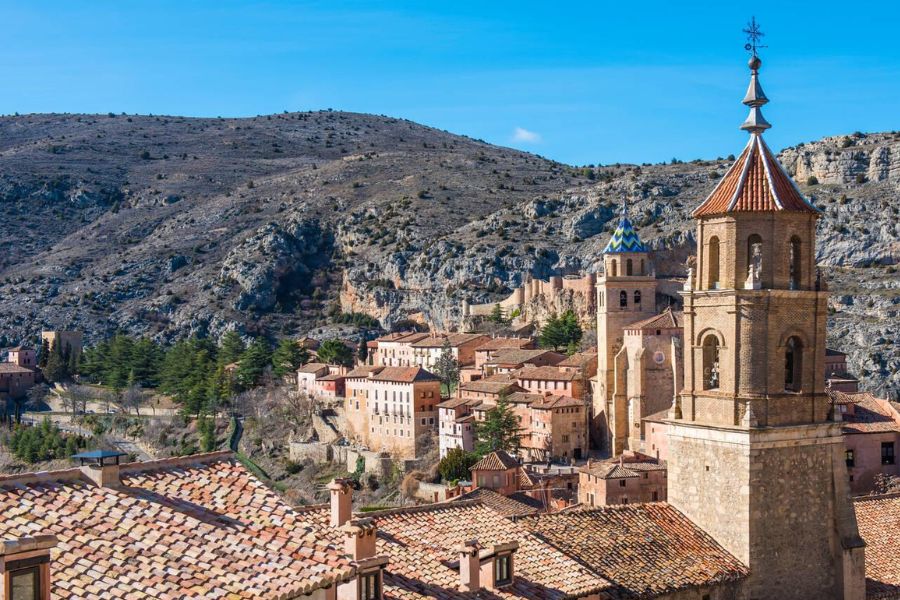
Adventure really takes off in the Aragonese Pyrenees. More than fifty peaks break 3,000 meters, including Aneto, the tallest in the range. When I hiked these trails, I could see why people call Aragon Spain’s land of mighty rivers, Mudéjar dreams, and majestic Pyrenees peaks. It’s a wild, deeply historic side of Spain that’s hard to forget.
Discovering Aragon: Geography, Rivers, and Natural Landscapes
Aragon stretches from the rolling plains of the Ebro basin up to the high peaks of the Pyrenees. Dramatic contrasts shape its geography—lush valleys, dry lands, and picturesque villages with deep roots in history.
Mighty Rivers: Ebro and Its Tributaries
The Ebro River runs like a backbone through Aragon. It winds more than 900 kilometers through the Iberian Peninsula and somehow keeps the region looking green, even in summer’s heat. I followed its twists as it carved wide, gentle valleys between Zaragoza and Catalonia’s border.
The Gállego, Cinca, and Aragón rivers feed into the Ebro. Their clear, fast-running waters cut through gorges and keep the fields fertile. Fishing, kayaking, and riverside hiking popped up everywhere—I just had to pick a spot and jump in. The scenery changes quickly, from olive groves to poplar forests, each shaped by life around these rivers.
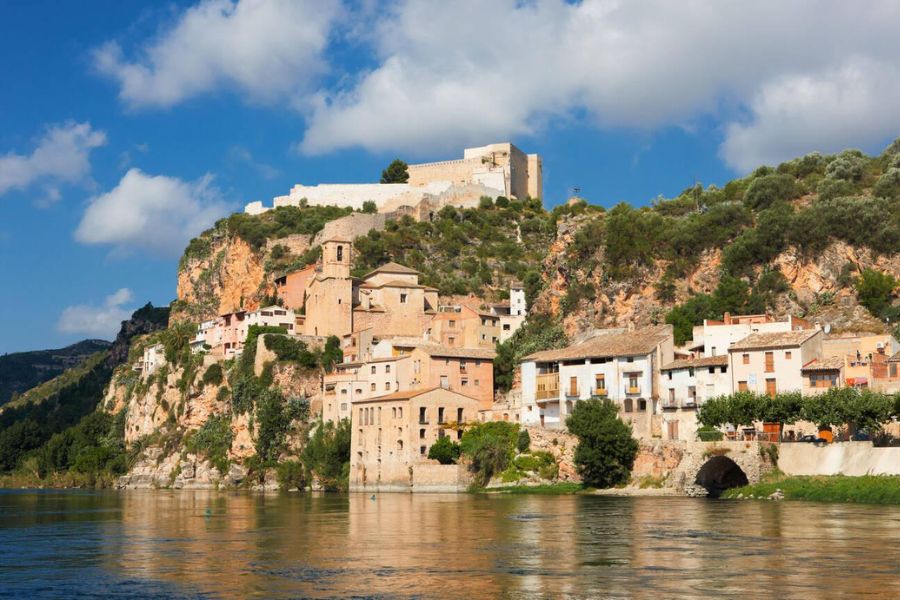
Key Points:
- Ebro is Spain’s longest river and the heart of Aragon’s landscape.
- Local villages perch above riverbanks, offering scenic views and lively festivals.
- The river draws wildlife like herons, eagles, and otters, making it a favorite for birdwatchers.
The Majestic Pyrenees Peaks and Valleys
The Spanish Pyrenees dominate northern Aragon. On my hikes, these mountains felt both wild and oddly welcoming. Peaks like Aneto, Posets, and Monte Perdido rise above the clouds. Even in early summer, snow dusts the highest ridges.
The Ordesa y Monte Perdido National Park stands out. Deep glacial valleys, limestone cliffs, and hidden waterfalls pull in both locals and travelers. Pictures just can’t capture it—the blue lakes and wildflower meadows buzz with energy.
Weather changes fast up here, so I always packed layers. Some spots, like the Benasque Valley, offer gentle walks. Others demand crampons and solid experience. Either way, the views stun—vultures circle overhead and marmots whistle in the grass below.
Exploring Rural Villages and Scenic Routes
Outside the main cities, I stumbled on villages that felt frozen in time. Alquézar and Aínsa, with their stone houses and winding alleys, sit tucked in lush foothills or perch above river bends.
Scenic drives link these villages along quiet country roads. Every route had its own surprise: Romanesque churches, ruined castles, or hidden viewpoints. The villages are perfect for trying migas, hearty ternasco lamb, or local sheep’s cheese.
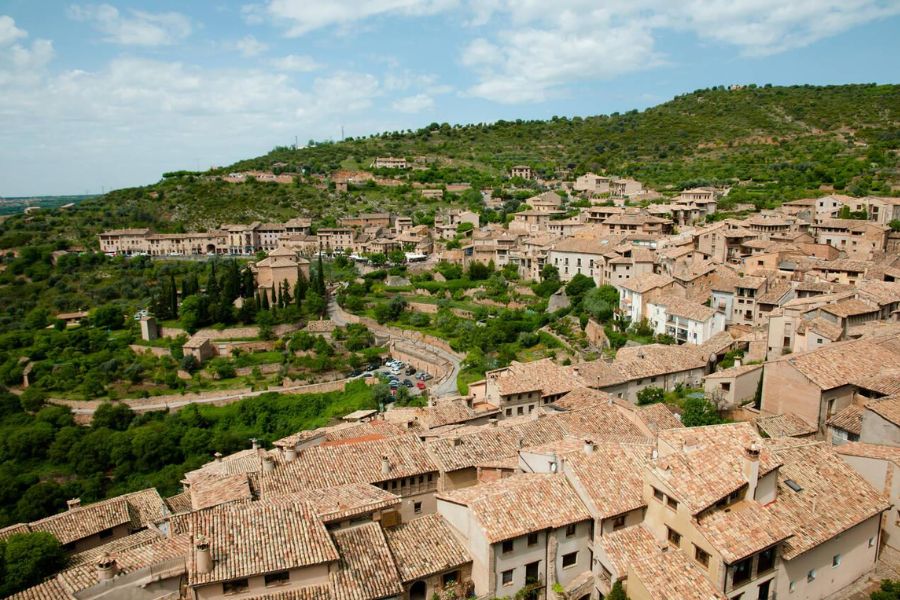
My best mornings started in a tiny plaza with coffee and ended with a hike overlooking fields and forests. Even without a map, wandering these back roads gave me a real sense of Aragon’s changing land. Locals were quick with a smile or directions, making the journey even richer.
Mudéjar Dreams: A Journey Through Unique Architecture
Walking through Aragon, I can’t help noticing the rich colors and intricate designs of buildings that blend Moorish, Gothic, and Romanesque styles. This unique look—Mudéjar—tells a story of cultures living side by side for centuries.
The Origins and Style of Mudéjar Art
Mudéjar art began in Spain during the Middle Ages. Christian, Muslim, and Jewish communities shared cities and skills, and in Aragon, they created buildings decorated with geometric patterns, colorful bricks, and glazed tiles.
Unlike pure Gothic or Romanesque structures, Mudéjar buildings usually use brick as the main material. I noticed arches curving in strange but inviting shapes. Wooden ceilings above my head showed off patterns that looked like woven carpets.
Some of the finest examples are churches and towers that once served as fortifications. In a few small villages, a church stands next to a former Cistercian monastery, both transformed by Mudéjar design. The style isn’t just beautiful—it’s a reminder of how different people shaped Aragon together.
Teruel: The Heart of Mudéjar Masterpieces
Teruel feels like a living museum of Mudéjar architecture. When I arrived, the Torre de El Salvador and the Cathedral of Teruel immediately caught my eye. Blue and green tiles gleam on their facades, set against patterned brickwork.
Inside the Teruel Cathedral, a painted wooden ceiling tells stories from Christianity and local folklore. I spent ages studying the columns—each one carved with its own design—and watched how the light filtered through stained glass windows.
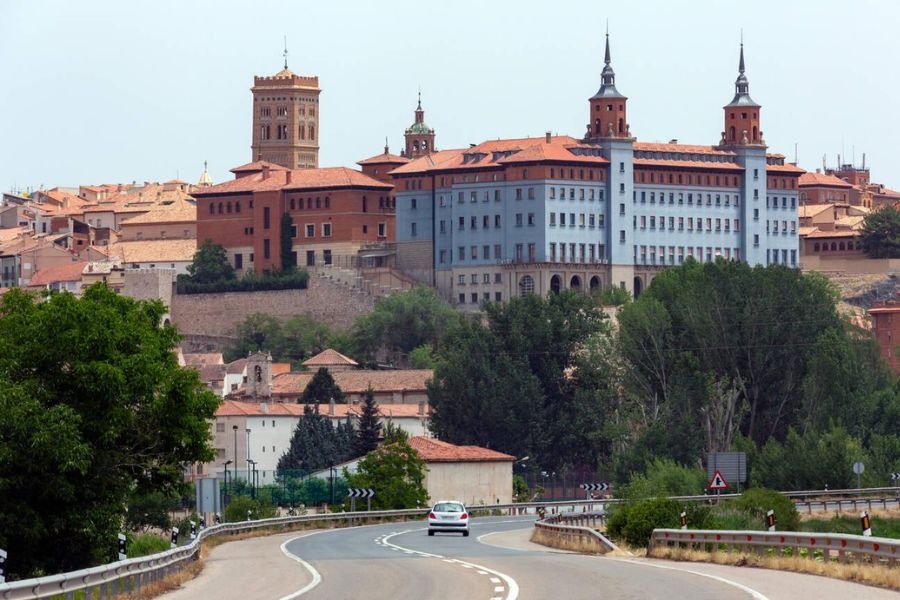
If you care about history or architecture, Mudéjar art in Teruel is a must. The town’s towers, rooftops, and cathedrals are UNESCO World Heritage sites for good reason. I really recommend wandering at sunset, when the city’s brick towers glow and the patterns of the Mudéjar style truly come alive.
From Ancient Kingdoms to Cultural Renaissance: The History of Aragon
Centuries of shifting kingdoms and changing rulers shaped Aragon’s unique spirit. The landscape and culture changed thanks to a mix of Visigothic, Byzantine, Christian, and Muslim influences—especially during times of war, reconquest, and renewal.
Rise and Power of Medieval Kingdoms
When I stood on the ancient stones of Zaragoza, I could almost feel the legacy of Aragon’s early rulers. By the Middle Ages, Aragon became one of Spain’s most important kingdoms.
Aragon reached out to regions like Catalonia and Valencia, and people knew it for its distinct identity and influential kings. These rulers didn’t work alone—they made alliances and sometimes faced fierce rivalries with neighboring kingdoms, including Castile and León.
Powerful rulers brought stability and a burst of economic and artistic growth. The streets filled with people from many cultures: Christians, Jews, and Muslims. That atmosphere let architecture and learning flourish, leaving traces in the famous Mudéjar buildings I admired.
Influence of Visigoths and Byzantium
Long before Aragon became a medieval powerhouse, the area felt the touch of both the Visigoths and Byzantines. After Rome fell, the Visigoths claimed the region, setting up early laws and customs that would later shape Spanish authority.
Walking through ancient ruins, I tried to imagine Visigothic kings shaping life here, their codes blending Roman, Christian, and Germanic traditions. The Byzantines, though they didn’t stick around long, brought new ideas from the East, especially in art and religion.

Their combined influence helped form early Aragonese identity. You can still see this tapestry of traditions in everything from the region’s fortresses to its surviving churches—places where history feels close and real.
Reconquest, Crusades, and Political Change
The hills and plains of Aragon saw fierce battles during the Christian Reconquest, which dragged on for centuries. Christians fought against Muslim rulers, and borders shifted constantly. I heard these stories from locals and saw them reflected in the strongholds that rise against the landscape.
During the Crusades, Aragon’s kings sent armies beyond their borders, joining forces with others to fight in the Holy Land and along Spain’s Christian-Muslim frontiers. These campaigns boosted the power and reputation of Aragonese rulers.
Victory in war brought new opportunities. Rulers managed to unite more territory—expanding influence beyond the Pyrenees and even reaching southern Italy. Political life changed as new alliances created the Spanish Crown. But Aragon’s unique traditions kept shaping the region’s identity—something I noticed daily as I explored castles, cities, and villages marked by this wild history.
Art, Culture, and Knowledge: Creative Spirits of Aragon
Aragon’s artistic spirit lives between grand stone cathedrals, quiet libraries, and the brushstrokes of legendary masters. The region pulses with a blend of Moorish, Gothic, and Renaissance legacies. Poetry, music, and art have shaped how Aragon sees itself and how outsiders see Spain.
Arts and Institutions: Writers, Troubadours, and Royal Courts
As I wandered Zaragoza’s old city, I learned that Aragon once beat at the heart of royal and literary life in Spain. Medieval troubadours filled courts with lyrical tales, their songs echoing through castles and plazas. Their poetry, often performed at royal gatherings, added color to daily life and preserved history before books became common.
Aragonese writers stood out for their bold new ideas. Scholars gathered in royal libraries, exchanging knowledge with travelers from far-off lands. The royal court in Zaragoza helped spread art and philosophy across Europe. Today, you can still see traces of these early artists in city archives and restored palaces. The connection between word, song, and place is strong—writing and music are as much a part of Aragon’s spirit as its rivers and mountains.
Goya, El Greco, and Other Spanish Masters
Standing in Fuendetodos, I felt close to Goya’s legacy. Born in this tiny village, Francisco de Goya became one of Spain’s most influential painters. His dramatic portraits and dark sketches hang in the Prado Museum in Madrid, but in Aragon, I found early works that hint at his restless creativity.
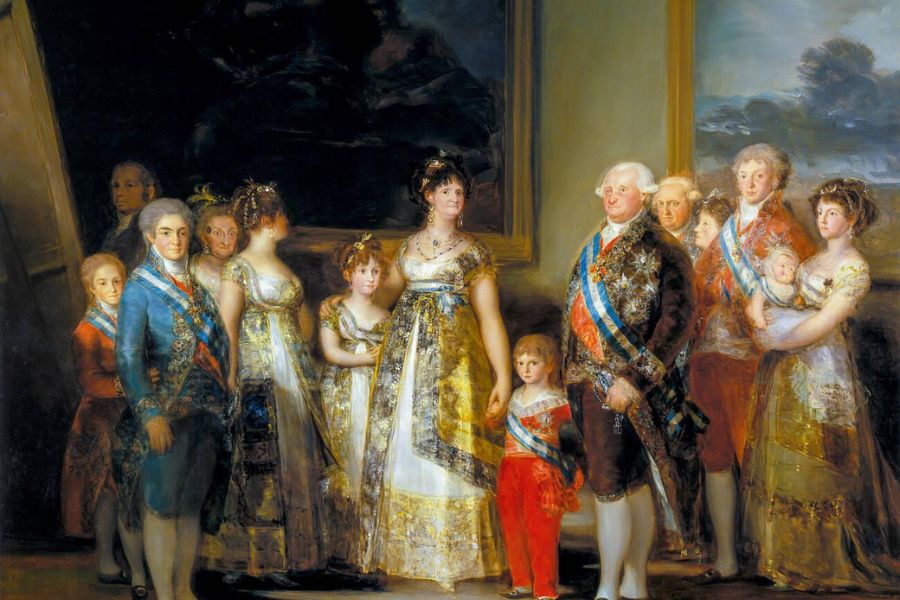
El Greco, though not from here, inspired Aragonese painters with his bold colors and wild forms. His vision nudged a generation to experiment beyond old traditions. Galleries in Zaragoza and Huesca show off both local masters and those who picked up El Greco’s spiritual brushwork. Many museums highlight other artists too—often overlooked, but still vital to the region’s story. Seeing their art up close, I realized how much Aragon has shaped—and been shaped by—Spain’s creative giants.
Museums, Publications, and Illustrations
Aragon’s museums are true treasure chests for anyone wanting to dive into Spanish culture. The Museo de Zaragoza, for example, mixes paintings, ancient Roman sculptures, and Mudéjar craftwork under one roof. I found old manuscripts and first-edition publications in small town libraries. These books record centuries of learning and show how art and science shaped the region’s outlook.
Illustrations grab visitors’ attention in unexpected ways—maybe a religious painting in a village church, or modern graphic art in a city gallery. Guided tours helped me piece together how publication and illustration kept traditions alive, even when times were rough. For anyone wanting to connect with Aragon’s creative side, these institutions offer rare chances to see, touch, and sometimes even make art themselves.
Living Culture: Language, Cuisine, and Everyday Life
Everywhere I wandered in Aragon, I found myself surrounded by a living patchwork of regional pride, daily routines, and rich flavors. This stood out in the local accents, the way meals stretched for hours, and the buzz of village squares filled with laughter and music.
Linguistic Diversity and Regional Identity
When I wandered through Aragon, I came across a fascinating mix of languages and local dialects. Spanish is everywhere, naturally.
But in the towns near Catalonia, people switch to Catalan, and sometimes I caught bits of Aragonese—a rare regional language you’ll mostly hear in tiny mountain villages.
Locals love to talk about how language shapes who they are. Even simple words like “gracias” or “merci” seem to mean more here, tied to history and a deep sense of belonging.
You’ll spot bilingual signs all over. I found it moving how their pride in language runs through everything—from street signs to songs and festivals.
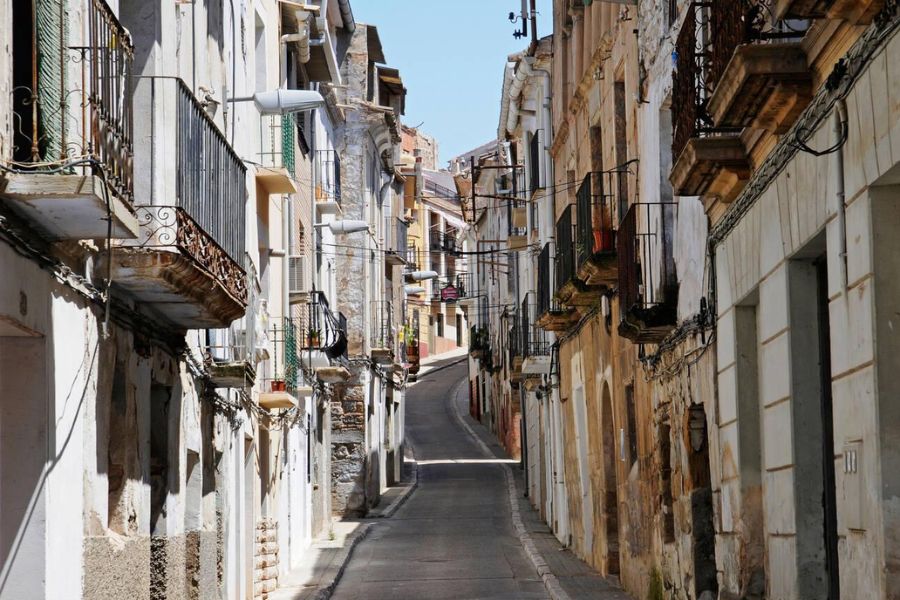
The Catalan influence feels strongest right up against the Catalonia border. In those villages, menus and conversations flip between languages without a second thought.
This mix isn’t just for communication—it’s how people show who they are. I tried a local phrase or two, and honestly, it made breaking the ice so much easier.
Restaurants, Food Traditions, and Local Delights
Meals in Aragon ended up being some of my favorite experiences. Zaragoza, the main city, has these traditional “mesones” serving roasted lamb, spicy chorizo, and thick slices of pan con tomate.
Tapas bars squeeze into narrow alleys, each one with its own specialty. Dishes here are hearty, loaded with local ingredients—think ternasco (young lamb) or wild mushrooms from the Pyrenees.
Family-run spots always seemed to offer a slice of trenza de Almudévar—that sweet braided pastry—to finish things off. Out in the countryside, rustic stews and simple, bold salads show off whatever’s in season.
I noticed that mealtimes stretch on, often kicking off late in the afternoon. People share small plates instead of just ordering one big dish.
Dining out feels social and relaxed, never rushed. It’s honestly a highlight after a day of exploring.
Festivals and the Contemporary Scene
All year long, I stumbled into festivals that lit up every town. In Zaragoza, during the Fiestas del Pilar each October, crowds fill the squares with music, fireworks, and parades for the city’s patron saint.
Village fiestas up in the Pyrenees bring out folk dances where everyone—from kids to grandparents—jumps in. These celebrations aren’t just old traditions; they’re woven into daily life.
Even small towns throw modern art fairs and concerts, blending old customs with fresh creative energy.

Big towns surprise you at night—sometimes you’ll find lively tapas crawls, other times it’s quiet wine bars with local musicians. Whether I wandered through Huesca’s colorful markets or danced at a fiesta near the Catalonia border, Aragon’s spirit felt wide awake.
Aragon’s Connections: Exploring Neighboring Destinations and Historical Influences
As I traveled through Aragon, I realized this region doesn’t stand alone. Its roads, rivers, and stories connect with Spain’s most famous places and distant histories, which gave me a new perspective on its culture and people.
Zaragoza as a Gateway to Spain
Zaragoza, the energetic heart of Aragon, sits right between Madrid and Barcelona. When I arrived by train, I understood why people call it a gateway city.
High-speed lines link Zaragoza with Madrid in under ninety minutes and Barcelona in less than two hours. That makes it a perfect jumping-off point.
From here, I could easily head to the Mediterranean coast or go north toward the Pyrenees. Zaragoza’s Roman and Moorish past means you get a rich mix of art, architecture, and food.
One morning, I admired the Mudéjar towers, then hopped a bus toward Tarragona or even the vineyards of La Rioja. The city buzzes with movement, connecting travelers to nearly every major city in Spain.
Influences from Madrid, Barcelona, and the Mediterranean
Aragon sits right between Spain’s buzzing capital and artistic Barcelona. As I moved through, I felt the tug from both cities.
Madrid’s grand boulevards and museums inspire artists here. Barcelona’s Catalan flair pops up in the food and lively street life of Zaragoza and Huesca.
The Mediterranean leaves its mark in soft breezes and fresh seafood at local markets. I noticed old trade routes brought not just goods, but ideas—shaping Aragon’s architecture, like the Gothic touches from Gerona and Roman ruins from Tarragona.
Even the flavors reminded me of Valencia and the southern coast, especially when I tasted fresh olive oil or a citrusy dessert.
Historical Ties: Granada, Toledo, Seville, and Beyond
Aragon’s influence runs deep in Spanish history. Early alliances with Castile shaped places like Toledo and Salamanca.
Rivalries with Leon and Galicia pushed Aragon’s borders in unexpected directions. As I wandered the old Aragonese routes south, I kept stumbling on traces of their power in Seville, Granada, and Córdoba.
Mudéjar art and medieval trade links still echo in those cities. The historic ties even reach Sicily and Messina, since the Crown of Aragon actually ruled parts of Italy at one point.
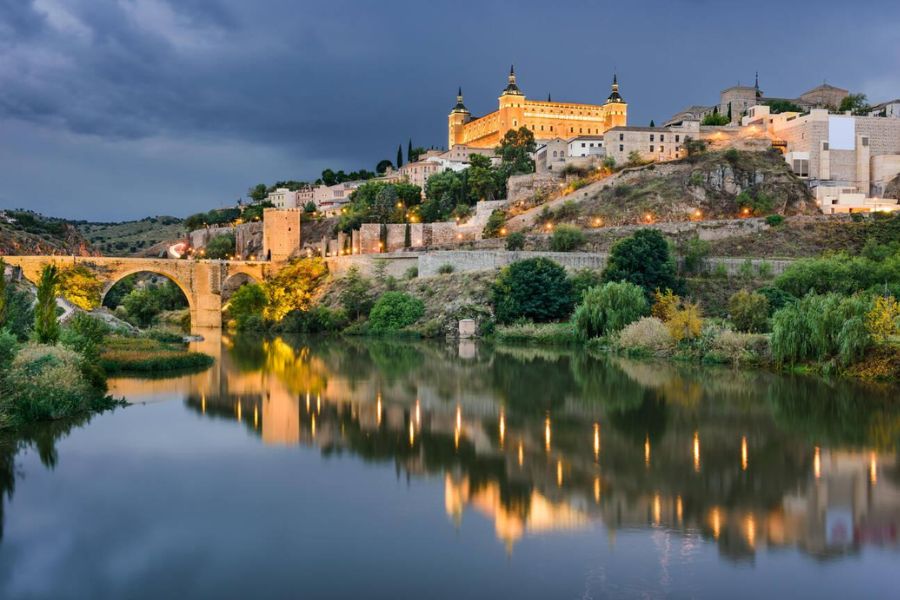
When I explored Aragon’s castles, I noticed heraldic crests that pop up in Avila, Valladolid, and Zamora too. Aragon’s partners and rivals—Asturias, Santiago, Burgos, and even the Canary Islands—left their fingerprints everywhere.
You can see it in church designs, street names, and little details tucked away in corners. Sometimes, it felt like every stone was trying to tell me about an old alliance or a journey that happened centuries ago.

